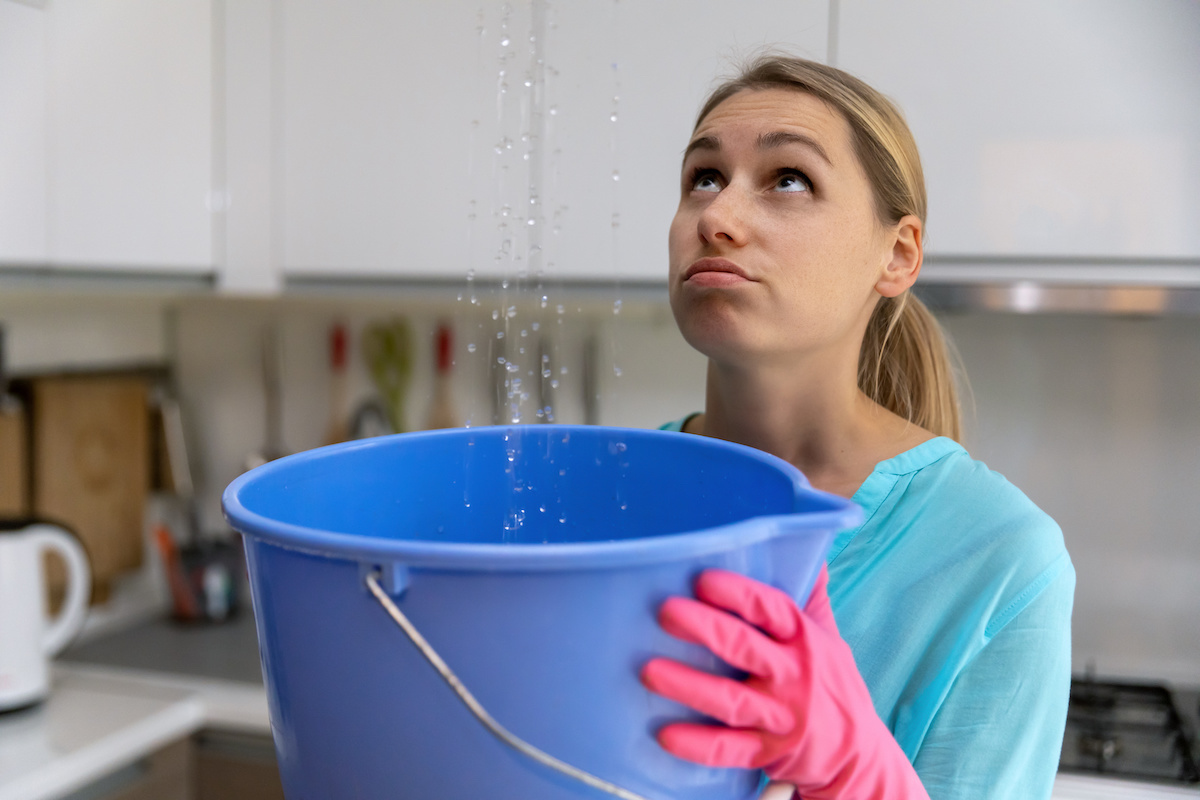Have you been searching for help on Common Water Leaks In House?

Leakages not only create waste of water however can also create unnecessary damages to your home and also promote undesirable organic growth. By recognizing as well as looking for day-to-day circumstances that create leaks, you can protect your house from future leakages and unneeded damage.
Elbowing in roots
Most water leakages begin outside your house instead of inside it. If you notice an abrupt decrease in water stress, say in your faucet, take some time to head out as well as analyze your yard. You could notice damp spots or sinkholes in your backyard, which might indicate that tree roots are attacking water lines causing water to permeate out. You can have your plumber check for intrusion, particularly if you have trees or bushes near your building.
Rusty water supply
As time passes by, your plumbing system ages as well as deterioration such as rust may begin eating away the pipelines. This could be the reason for staining or bending on your pipes. This calls for an assessment with your plumber promptly. Think about changing the pipelines given that they are at a greater danger of deterioration than the more recent models if our plumbing system is old.
Defective Pipe Joints
The point at which your pipes connect is frequently the weakest link in the waterline. Pipe joints can degrade gradually, causing water leakages. The bulk of pipeline joints are not conveniently noticeable. If you have loud pipes that make ticking or banging noises, especially when the warm water is activated, your pipeline joints are most likely under a lot of pressure. It is advisable to have your plumber inspect your system yearly.
Immediate temperature changes.
Extreme temperature level modifications in our pipelines can trigger them to expand and also acquire all of a sudden. This growth and also tightening may trigger cracks in the pipelines, specifically if the temperature level are below cold.
Poor Water Connectors
At times, a leakage can be caused by loosened hose pipes as well as pipelines that supply your devices. Usually, moving is what creates the loose water Connections. You might discover when it comes to a washing equipment, a hose pipe might spring a leak because of shaking during the spin cycle. In case of a water links leak, you might notice water running straight from the supply line or pools around your devices.
Clogged Drains
Blocked drains pipes might be aggravating and inconveniencing, however they can occasionally wind up creating an overflow resulting in rupture pipelines. Keep eliminating any type of products that may drop your drains pipes that could block them to stay clear of such inconveniences.
All the above are reasons for leaks but not all water leaks arise from plumbing leakages; some leakages might come from roofing leakages. All leakages ought to be fixed quickly to prevent water damage.
Leakages not only cause waste of water yet can also trigger unneeded damage to your home as well as promote unwanted natural development. By recognizing and looking for daily scenarios that create leakages, you can shield your home from future leaks and unnecessary damage. Today, we will look at six leak creates that might be causing your pipes to drip.
At times, a leak can be caused by loose hoses and also pipelines that provide your devices. In instance of a water links leakage, you may discover water running directly from the supply line or puddles around your appliances.
How To Check For Water Leak In Your Home
How To Check for Leaks
The average household's leaks can account for nearly 10,000 gallons of water wasted every year and ten percent of homes have leaks that waste 90 gallons or more per day. Common types of leaks found in the home are worn toilet flappers, dripping faucets, and other leaking valves. These types of leaks are often easy to fix, requiring only a few tools and hardware that can pay for themselves in water savings. Fixing easily corrected household water leaks can save homeowners about 10 percent on their water bills.
To check for leaks in your home, you first need to determine whether you're wasting water and then identify the source of the leak. Here are some tips for finding leaks:
Take a look at your water usage during a colder month, such as January or February. If a family of four exceeds 12,000 gallons per month, there are serious leaks.
Check your water meter before and after a two-hour period when no water is being used. If the meter changes at all, you probably have a leak.
Identify toilet leaks by placing a drop of food coloring in the toilet tank. If any color shows up in the bowl after 10 minutes, you have a leak. (Be sure to flush immediately after the experiment to avoid staining the tank.)
Examine faucet gaskets and pipe fittings for any water on the outside of the pipe to check for surface leaks.
Undetected water leaks can happen without the home or business owner even realizing. If you suspect a water leak, but not able to find the source. It is time to contact a professional water leak detection service, The Leak Doctor.
How To Find a Water Leak In Your Home
https://www.leakdoctor.com/blog/How-To-Check-For-Water-Leak-In-Your-Home_AE197.html

We were introduced to that article on How to detect water leaks in your home through an acquaintance on a different site. You should take the opportunity to promote this blog if you enjoyed it. Thanks a lot for your time. Visit again soon.
Book Today!